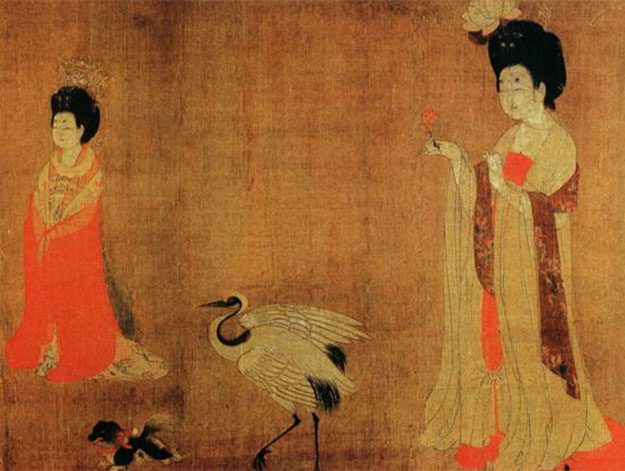Chinese may not be considered to be the most beautiful language in the world, but it is certainly one of the most challenging to learn. Here are five steps to get you started…

For anyone hoping to learn Chinese the characters may be the first stumbling block. Or it might be the tone required, or it might just be the fact that there are over 200 ways to say ‘die’.
Some are straight forward: “Meet Karl Marx” means die. Others are more abstract: “Go on a journey to the yellow spring” also means die.
“Lots of students drop their study when things get harder, especially when they start learning the characters.” said Juan Deng, a Chinese tutor in Cardiff.
For speakers of Indo-European languages, Chinese, which belongs to Sino-Tibetan languages, is completely different. Chinese learners are always confronted with lots of tricky problems. Questions like: why there are so many characters to remember before I can actually do some reading? How do I deal with those tones? How come one character has different pronunciation, and one pronunciation can represent so many characters?
Before dropping your study, here are suggestions for you from Juan Deng, a Cardiff-based Chinese tutor, to help beginners to get rid of their nightmare.
Step 1: Figure out your motivation

Learning strategies depend on different learning motivations. Generally speaking, the motivation for leaning Chinese includes the need for travel, communication, reading and academic research.
For Juan, clarifying one’s personal motivation is the first step to master the language. Students are also encouraged to communicate with their tutor about their aspiration so that they may get the most suitable approach.
Step 2: Be clear on what strengths you have (or vice versa)

Juan thinks that students’ performance also depend on recognising their strengths and weaknesses. For example, some students improve their language quickly by listening and talking to others, while some progress by studying grammar and sentence structures. Students can focus on exercises which suit them best.
Step 3: Reach out to people, find a language partner

Having a language partner is always useful in terms of building a more sophisticated understanding of the language. By actually reaching out to native speakers, students can practice Chinese in a real-life communication. Here in Cardiff university, Languages for All offers an opportunity for students to match up with native speakers at the beginning of the semester and then take it from there.
Step 4: Learn those tough characters
.embed-container { position: relative; padding-bottom: 56.25%; height: 0; overflow: hidden; max-width: 100%; } .embed-container iframe, .embed-container object, .embed-container embed { position: absolute; top: 0; left: 0; width: 100%; height: 100%; }
Learning the Chinese calligraphy may be an interesting way to learn more characters
“I find Chinese grammar okay but the characters are really difficult especially when I need to write them,” said Louisa Idle, a student learning Chinese in Cardiff University.
Characters are indeed one of the most challenging parts of learning Chinese, but students should learn them by all means.
Mrs Deng thinks using flash card is a good way to memorise characters. Students can try to understand the origin and meaning of the characters which will definitely help in the learning process.
Step 5: Try to understand the background of Chinese culture

For advanced speakers, Mrs Deng advises them to learn more about Chinese culture which will help them better understand the language. Since Chinese language has evolved dramatically throughout the long history, it is closely attached to the culture. Students can get to know Chinese culture better by reading books, watching films and studying history.
